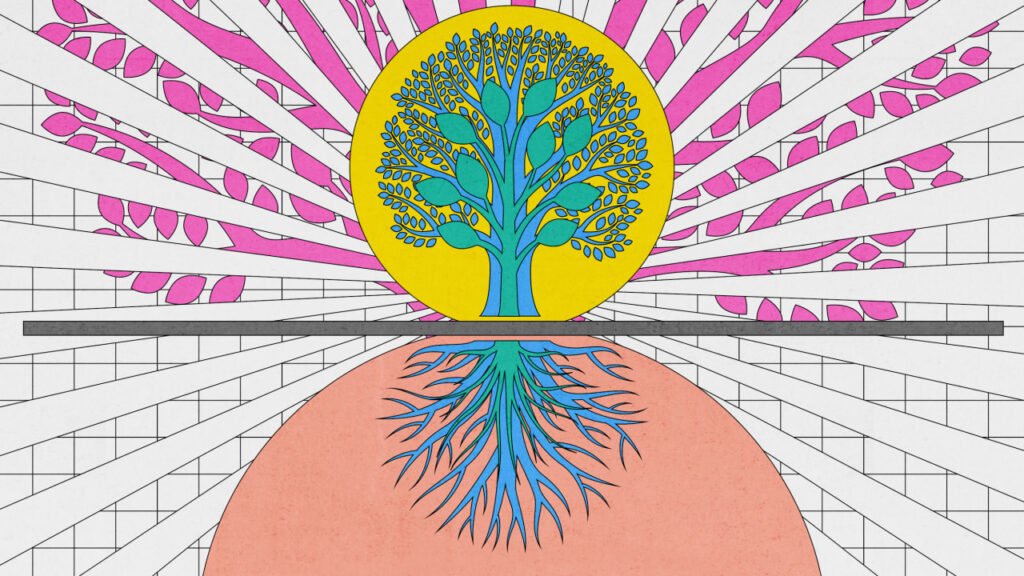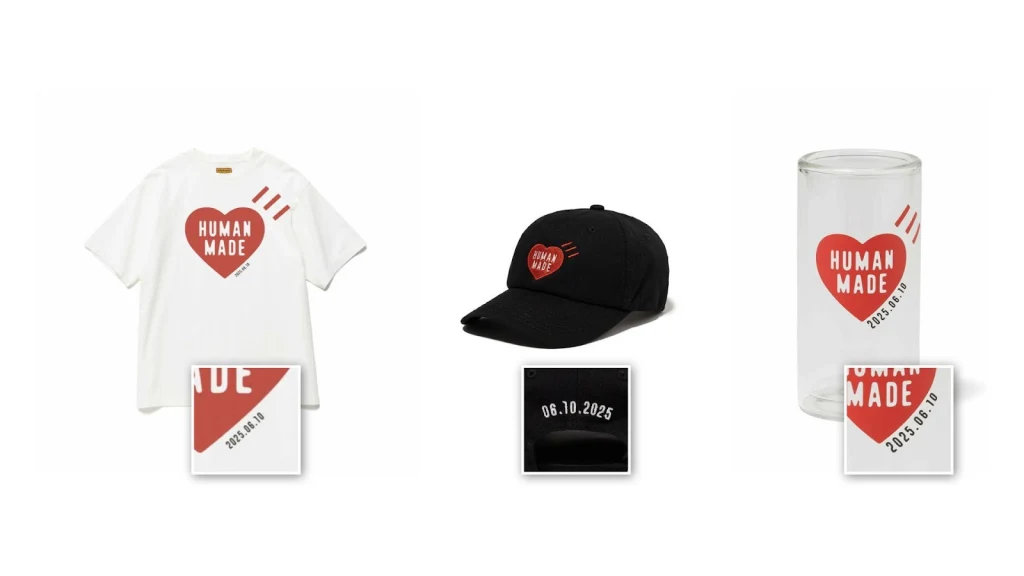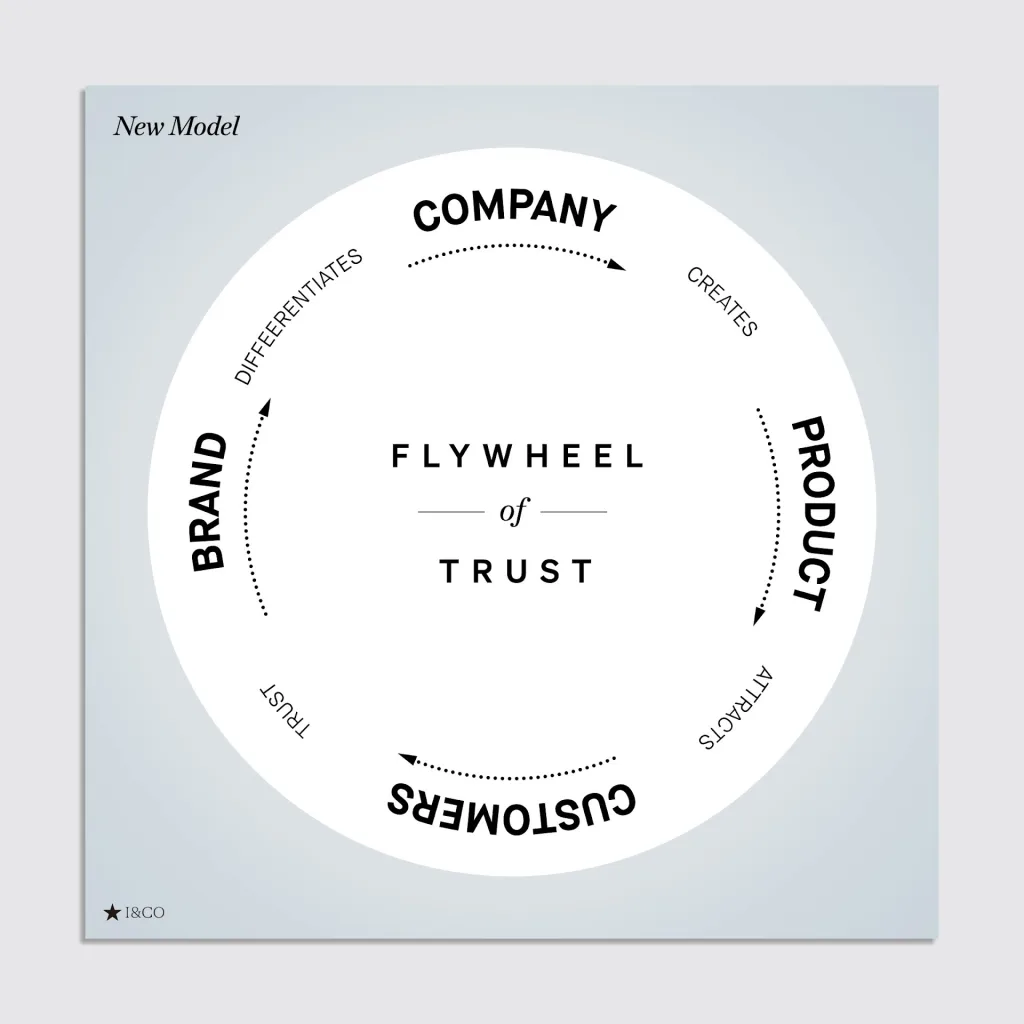
“How do we tell our story?”
That’s a familiar phrase in brand marketing.
It’s a decent question, but here’s a provocation to challenge this conventional wisdom:
Storytelling and marketing are no longer reliable ways to build and grow a brand.
To understand what’s to come, it’s useful to look at what gets awarded—and what doesn’t—at the Cannes Lions Festival of Creativity. Based on what we saw last week, the patterns indicate that marketing, storytelling, and, in particular, the marketing funnel, in a conventional sense, have become less dependable.
This framework has long been defined as:
- Company builds brand (awareness)
- Brand attracts customers (interest and consideration)
- Customers buy product (purchase)

In the past decade, three factors have emerged and dominated human psyche, culture, and marketing: short-form video, people as brands, and heightened consumer expectations.
These shifted the power dynamic between brands and consumers, rendering the traditional marketing funnel doctrine less relevant.
As marketers and brand builders helping companies grow, what we should be asking now is this: “How do we build trust?”
Trust has always been essential for any brand, but it’s becoming a new, essential currency. The premium on trustworthiness has increased as the line between what is real versus generated or what is true versus not becomes indistinguishable.
Here are the four steps of “Trustnomics”—the new currency for brand growth—in an algorithmic, agentic, and synthetic world.
Identify your key product moment
A key product moment is a distinct feature that makes the product value visible and readily understandable. We’ve been obsessed with storytelling and marketing and overlooked the power of key product moments for brands.
Look to the French insurance company AXA to see the power of a key product moment with measurable impact.
Home insurance policies typically guarantee emergency relocation for fire and flood victims. AXA added “de violences conjugales” (“and domestic violence”) to contracts for its customers. It is a promise to help survivors of domestic violence escape by providing emergency housing relocation.
“Three Words” is a profoundly simple key product moment that makes AXA’s product value immediately tangible and morally differentiated. Within six months of adding domestic violence coverage to its policies, AXA provided emergency relocation assistance to more than 500 families. Customer trust metrics increased by 27%, and brand consideration among women ages 25 to 45 rose by 34%.
The German discount supermarket Penny created another example with its Price Packs initiative.
After redesigning packaging to display fixed prices in bright colors and big fonts, and showing its commitment to price stability, Penny’s store traffic increased by 22% and market share grew by 3.2% in key regions, despite broader market volatility. In customer surveys, 78% of shoppers cited price transparency as a key factor in choosing Penny over competitors.
To earn the currency of trust, don’t tell why your brand is better. Show why it’s different in the product.
Treat product as content
There’s a brand that was on everyone’s mind and lips but didn’t win any Lion inside the Palais: OpenAI.
The company has grown by treating product as content. OpenAI publishes product-related press releases and articles several times a week. There is little effort in creating an emotional connection with consumers through marketing or storytelling. CEO Sam Altman understands that products are the make-or-break for any business. In an information era that is becoming agentic, the best way to earn attention and trust is through the products themselves.
The brand that understands product as content best is—wait for it—Apple, the Grand Prix winner of Creative Effectiveness for its decade-long “Shot on iPhone” initiative.
At the ceremony, everyone was hoping for an emotionally driven, brand-led campaign. Quite the contrary, “Shot on iPhone” is technically a product demo, which creative judges and types often look down on.
As appealing as brand marketing has been, a better way to earn trust, build a brand, and drive business now is by treating product as content. When you do this, though, you have to have a point of view and stick to it. Kudos to the Apple team for being highly disciplined and single-minded with their Instagram page and not littering it with product ads. Don’t confuse product ads with product as content.

Repeatable system > Scalable campaign
Using Apple as a guide is aspirational but unrealistic. Most marketers and brand builders don’t have $48.5 billion sitting in our bank accounts to spend on huge campaigns, media buys, or expensive productions.
The Japanese streetwear brand Human Made, founded by the ultra-hip Nigo and supported by Pharrell Williams, was established in 2010. Despite its celebrity status, it had modest growth for more than a decade, and its revenue hovered around 1.7 billion yen (roughly $11.6 million).
When Rei Matsunuma, a longtime Uniqlo executive, joined in 2021 as Human Made’s COO, he created a 52-week product planning calendar and addressed supply chain issues. Then, he started Daily Ts—daily drops of date-stamped white T-shirts, making each day’s T-shirts unique and exclusive.

These were not shiny, scalable campaigns that would see much limelight at marketing industry events like Cannes. Instead, they were repeatable systems that generated consistent demand among brand fans and prospective customers.
In less than four years, Human Made’s revenue grew sixfold to 10 billion yen (nearly $70 million), with a presence in more than 80 countries and minimal investment in storytelling or marketing.
“We are what we repeatedly do. Excellence is not an act, but a habit,” wrote Will Durant in his 1926 book, The Story of Philosophy: The Lives and Opinions of the Greater Philosophers (paraphrasing Aristotle).
Repeatable systems beat scalable campaigns.
Flywheel of Trust
By the time a business problem reaches marketing, it’s too late. When culture moves in real time, no marketing funnel can save a business. We need to turn our funnel mindset into a flywheel.

The “flywheel of trust” framework is based on the product itself, which is now the main driver in attracting customers.
- Company creates product
- Product attracts customers
- Customers trust brand
- Brand differentiates company
In the past decade, this phenomenon has increased. Besides the aforementioned examples, others like Stanley’s Quencher or Uniqlo’s Round Mini Shoulder Bag became sensational hits without relying on emotional storytelling or brand marketing.
These brands gained traction not because they asked “How do we tell our story?”
They asked, “How do we build trust?”
If we translate this flywheel into tangible action, the four steps of Trustnomics are:
- Identify your key product moment
- Treat product as content
- Build a repeatable system
- Kick the flywheel of trust into motion
As the world shifts from the information era to the agentic era, the marketing funnel doctrine is giving way to a new flywheel framework focused on earning and building trust.
Trustnomics is not just an ingredient of your brand. It’s the currency that powers brand growth.


